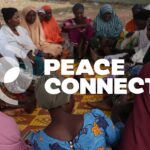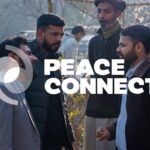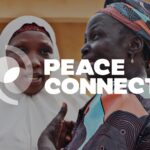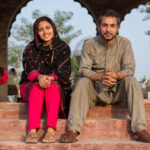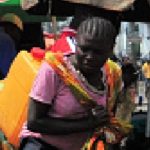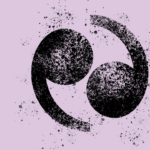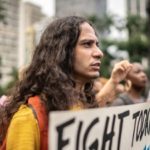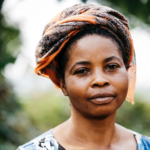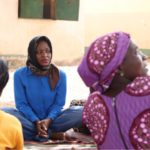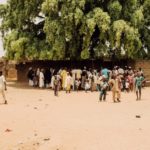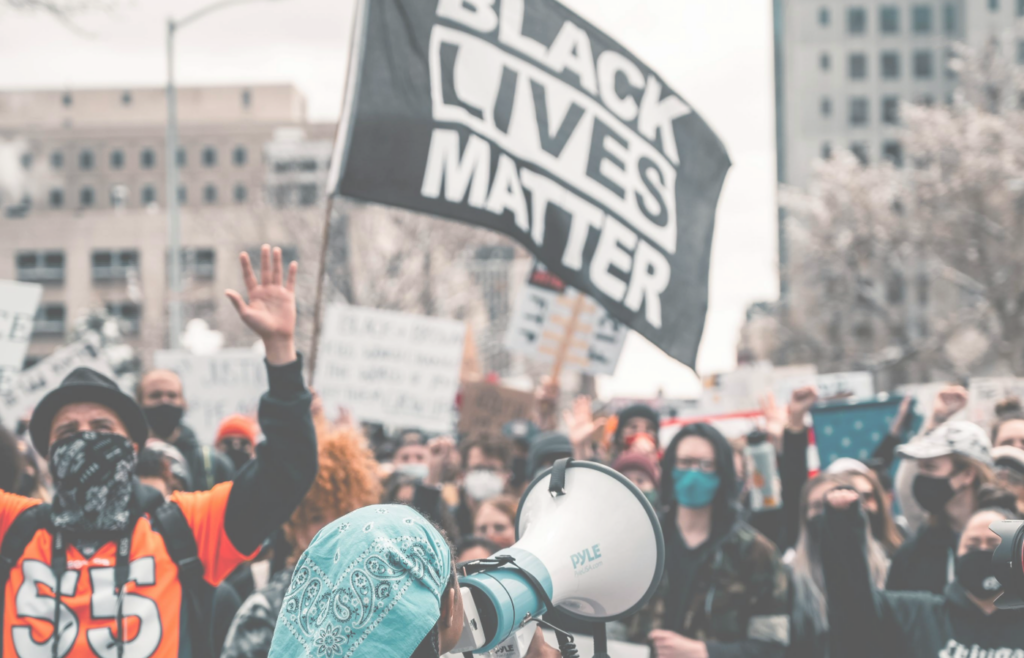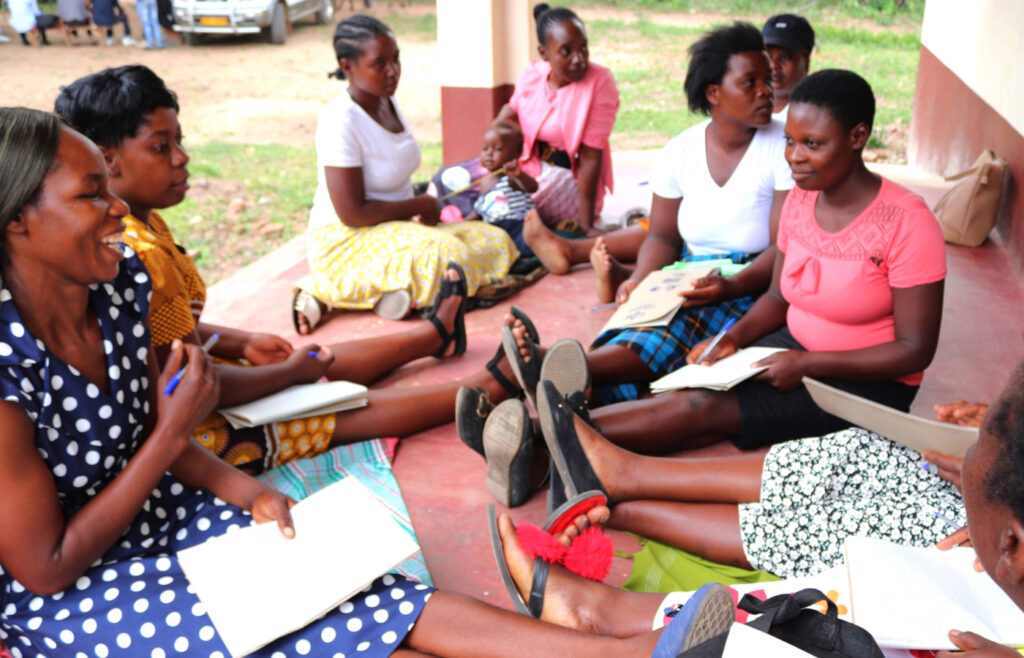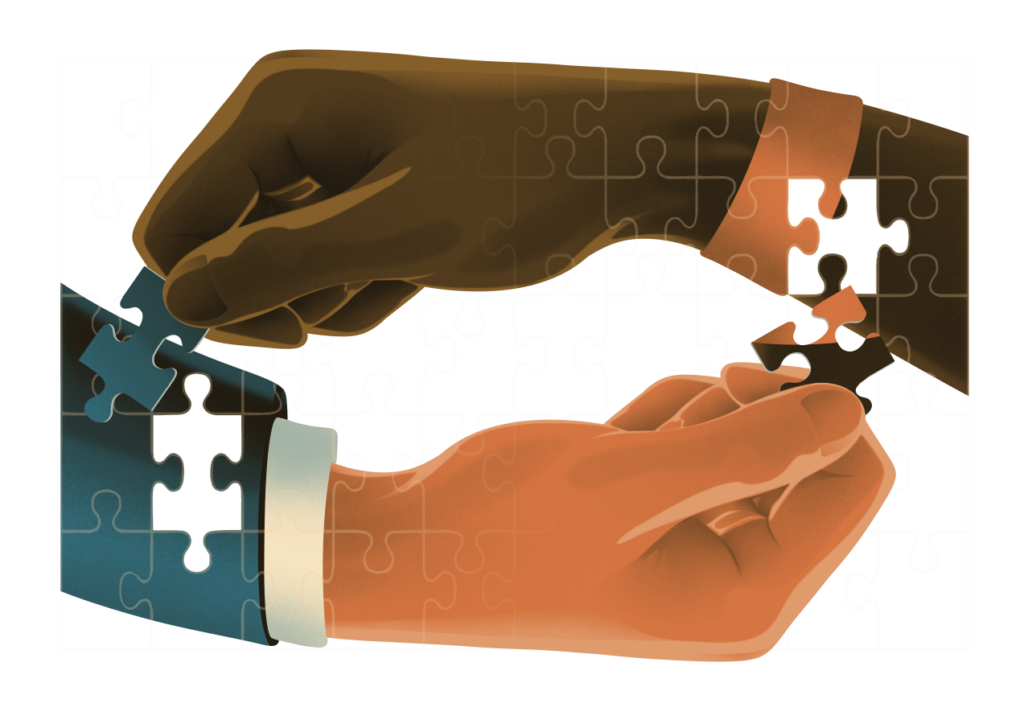Children learning together
“I grew up in Northern Ireland during the Troubles.
In Northern Ireland, schooling is divided along religious lines, with Catholics going to Catholic schools, and Protestants going to Protestant schools. Because most people also live in predominantly segregated communities, this means that most children grow up with very limited opportunities to meet children from the ‘other’ community.
But I did, and that is thanks to the bravery and dedication of a group of parents back in the 1970s and 1980s. They decided that the segregated education system was wrong, and they wanted to change it. So they set up “All Children Together” to campaign for children from all religions to learn together. In 1981, and in the face of opposition from politicians and church leaders, they founded the first ‘Integrated’ school, Lagan College.
Lagan College was to be my secondary school, in the 1990s. By this time, Integrated Education had become mainstream, even if it still only accounted for about 5% of all school children. It is now an established part of the education system, and has built up robust evidence of how learning together can help build bridges between communities.
I am grateful to that small group of brave parents who saw the problems in our society and took steps themselves to change it. Northern Ireland is a better place for it. I am one of the beneficiaries of their work for peace.
The peacebuilders that Peace Direct support are doing the same things as these parents. Of course the challenges in each country are different. But the story is still about brave people who come together to try and overcome the divisions in their society and build a better future for their children. As someone who has benefitted from the work of peacebuilders here in the UK, I am glad that through Peace Direct I can support the work of other peacebuilders around the world.”
The futility of violence
“On March 23, 2003, I sat watching my small 13 inch television screen as the United States launched its campaign of “shock and awe” against Iraq. The tiny screen seemed such a poor conduit for the magnitude of human suffering that was being unleashed. I could do nothing but cry. After months of lobbying, educating, protesting, advocating to stop this war, it was rolling out on live TV before me.
The enormity of the devastation, regional violence, and global insecurity that would follow the US-led invasion of Iraq wasn’t fully known, but it was predictable, and in fact it was predicted. The unravelling of the Middle East that we have seen over the past decade was foretold again and again in the lead up to the war. Experts, academics, religious leaders, and most of all ordinary people all over the world issued warning after warning that this war would be an awful mistake, not to mention an international crime.
They didn’t just issue warnings, in fact, people across the globe stood up with their communities and said no to war. And they said it BEFORE the war was launched, signalling a critical shift toward preventing wars that still gives me hope. I’ll never forget on a day of global protests to prevent the war, the hundreds of pictures of people all over the world gathering together to hold a demonstration, create a human peace sign, and jointly issue a massive global call against war. Hundreds of thousands of people came out all over the world, so many that the New York Times called it a demonstration of the “second global superpower” in an editorial the next day.
The awful mistake of the Iraq war still happened, and we will be struggling to address the impacts of it for years to come. But global people power has also happened. And continues happening on a scale the world has never seen before. The Arab Spring followed the Iraq War, beginning with a nonviolent revolution in Tunisia that has largely succeeded.
The futility of violence is increasingly recognised, and a deep hunger for peaceful alternatives is growing. Peacebuilding and nonviolence are topics of discussion at the UN Security Council and even in the halls of US government.
New research shows that nonviolent change methods are more effective and produce more positive outcomes than violent methods. It also shows that more people than ever before are opting for nonviolent approaches to transform their societies. Even in the face of so much violence persisting in the world, this gives me hope. A new global superpower is indeed on the rise.”
Bridges that divide
“The photo is of the Korean Demilitarized Zone (DMZ) that I took when I was living in South Korea. The DMZ is a strip of land along the borders between South and North Korea and it is also the most militarized border in the world.
Though I knew before visiting that the countries were still technically at war, it was still striking for me to see how common this bridge was and how easy it would be for people to cross the borders to meet their relatives living in the other half of the peninsula. Until you realise that the bridge is blocked and is actually crossing a huge minefield.
Those countries have been at war for the last 60 years and many families have been separated without the possibility to reunite. But there is still a properly functioning bridge.
It is hard to explain how to feel in this situation. It really made me think about the significance and longevity of conflicts, and most of all, about the fact that the biggest victim in these situations is often the civilian population, who has never wished for this to happen and last for so long, as in the case of many Koreans I spoke to. It is really tragic to see how a complex interplay of politics, economy and pride has broken the lives of so many.”
Your messages of hope
- “Thank you to everyone working for peace, for your courage, kindness, wisdom and compassion, thank you.”
- “I find the Peace Direct activist stories inspiring! It is enormously encouraging to realise that there are people who, although they have experienced what violence can do to them, have nevertheless learnt NOT to hate. Instead, with great courage they have been able to change their minds, learnt to foster peace and now help to change others who have been likewise affected by violence. What wonderful people these are! And the change in just one person who then goes on to bring about the same change in others means that peace can spread in places where violence was dominating. Like seeds that take root and grow leaves and branches with flowers and fruits. THANK YOU brave peace activists.”
- “Though we apparently live in a sombre moment of human history, the capacity of living and working together is what ultimately defines humanity. Be aware, look around: if you have an eye for it you will realize that true peacebuilders and peace workers are right beside you. The magnanimity of peace is actually ubiquitous, from a simple gesture of kindness to the boldest of sacrifices, and everywhere, in the seemingly ordinary affairs of a placid village’s square as in the courageous efforts of nonviolent heroes in a war-torn community. If we dedicate ourselves not to take it for granted we will, maybe, learn to appreciate the wonderful pervasiveness of peace so to cherish it in all aspects of our existences.”
- “Peace is a daily, a weekly, a monthly process, gradually changing opinions, slowly eroding old barriers, quietly building new structures #messageofhope.”
Share your own story using #messageofhope or email [email protected]. Visit our webpage for more inspiring stories www.peacedirect.org/peace-day

